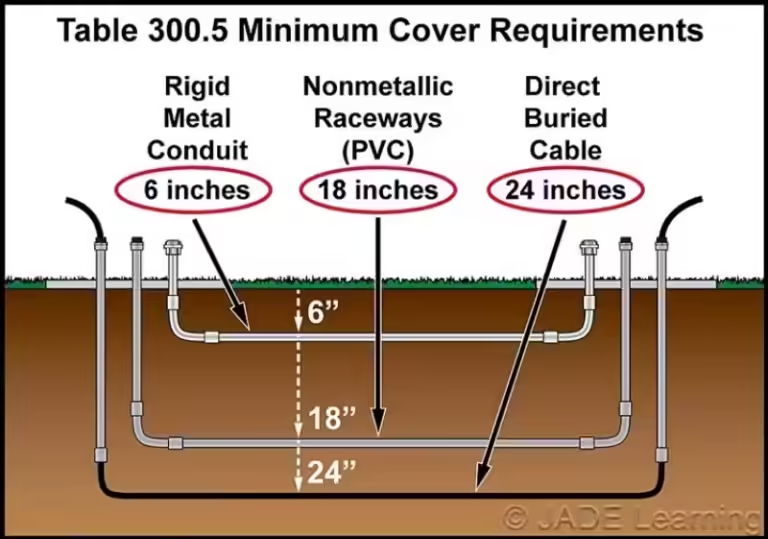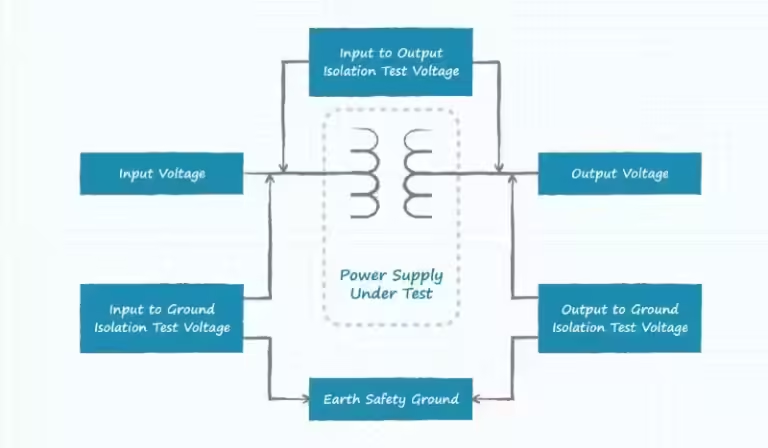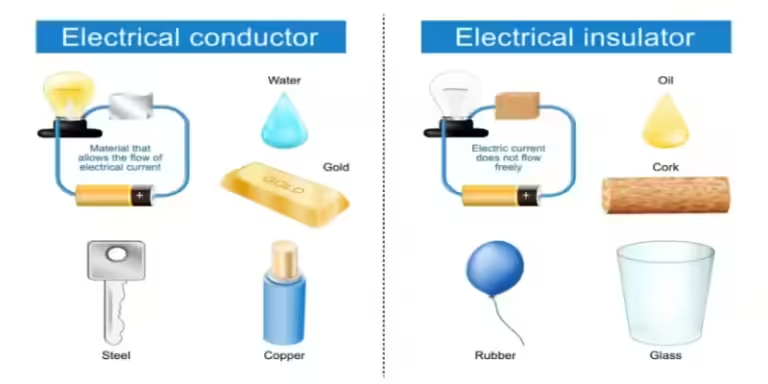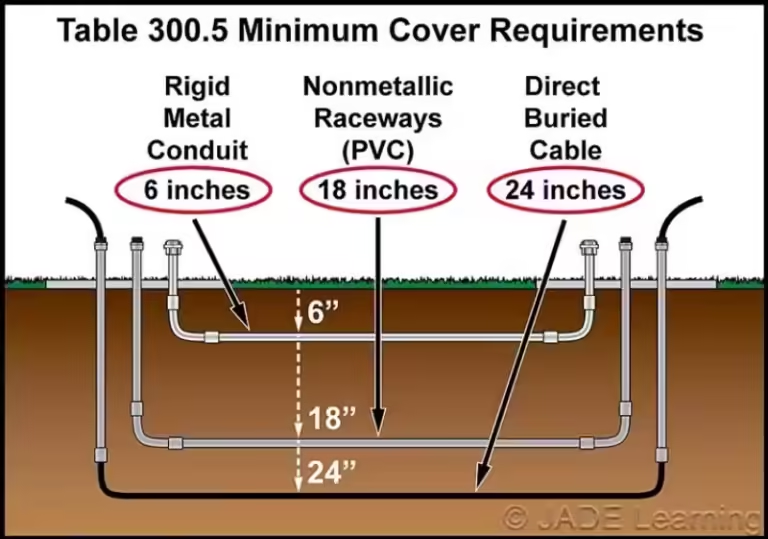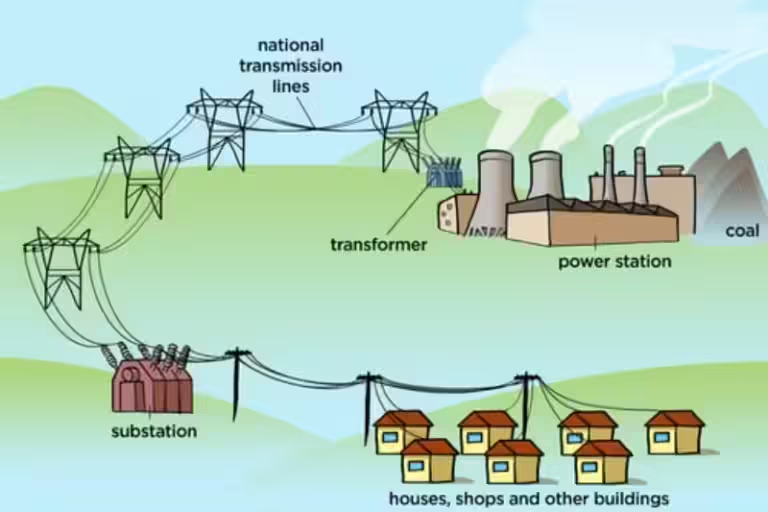The Allure of Aluminum Conduit: A Deep Dive into Its Advantages and One Key Disadvantage
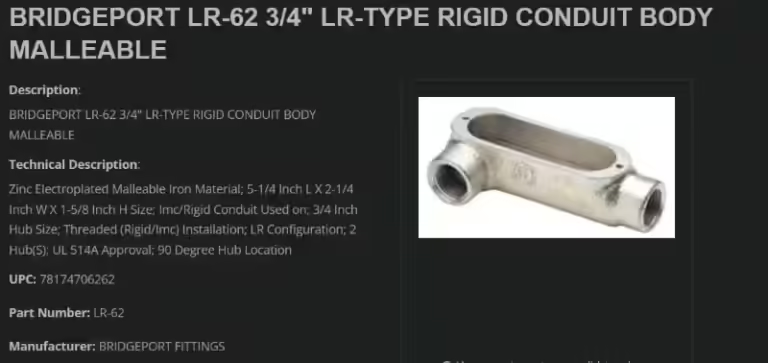
Aluminum conduit has steadily gained popularity in the electrical industry due to its numerous advantages, particularly in commercial and industrial applications. Its lightweight, corrosion resistance, and cost-effectiveness make it a compelling alternative to traditional steel conduit. However, like any material, aluminum conduit comes with its own set of drawbacks.
Exploring the Advantages of Aluminum Conduit
One of the most significant advantages of aluminum conduit is its ease of installation. This is primarily attributed to its lighter weight compared to steel, making it easier to handle and maneuver. This translates into reduced labor costs and faster installation times, a critical factor in large-scale projects.
Cost-Effectiveness: A Key Selling Point
Another compelling advantage of aluminum conduit is its cost-effectiveness. The lower material cost of aluminum, combined with the reduced labor required for installation, results in significant cost savings compared to steel conduit. This makes aluminum conduit a more financially viable option, especially for large-scale projects where cost is a major consideration.
Durability and Versatility: Built to Last
Aluminum conduit is remarkably durable and versatile. It exhibits excellent resistance to corrosion, making it suitable for use in various environments, including wet, corrosive, and even harsh industrial settings. Its non-combustible nature also makes it a safe choice for applications where fire hazards are a concern.
One of the Disadvantages of Aluminum Conduit Is That
One of the disadvantages of aluminum conduit is that it can be prone to expansion and contraction with temperature fluctuations. This is due to the higher thermal expansion coefficient of aluminum compared to steel. In extreme temperature variations, this expansion and contraction can put stress on the conduit connections, potentially leading to loose connections or even failures.
Mitigation Strategies for Thermal Expansion
To address this potential issue, manufacturers have developed techniques to mitigate the effects of thermal expansion. These include using special fittings that allow for movement and expansion, as well as incorporating materials that compensate for temperature changes.
Considerations for Installation
When installing aluminum conduit, it's crucial to consider these expansion and contraction issues. Proper planning and installation techniques can help minimize the risk of problems. This might include using flexible connectors, allowing for sufficient space for expansion, and ensuring proper grounding to prevent electrical issues.
Conclusion: Weighing the Pros and Cons
Aluminum conduit presents a compelling case for use in a wide range of electrical applications. Its advantages in terms of cost, ease of installation, durability, and versatility make it a strong contender against traditional steel conduit. However, it's essential to be aware of the potential disadvantage of thermal expansion and take steps to mitigate its effects during installation. By understanding both the advantages and disadvantages of aluminum conduit, electrical professionals can make informed decisions that ensure safety and efficiency in their projects.
Frequently Asked Questions about Aluminum Conduit
What is one of the disadvantages of aluminum conduit?
The article does not discuss any disadvantages of aluminum conduit. It focuses heavily on promoting their product, PullEase EMT, and its advantages.

